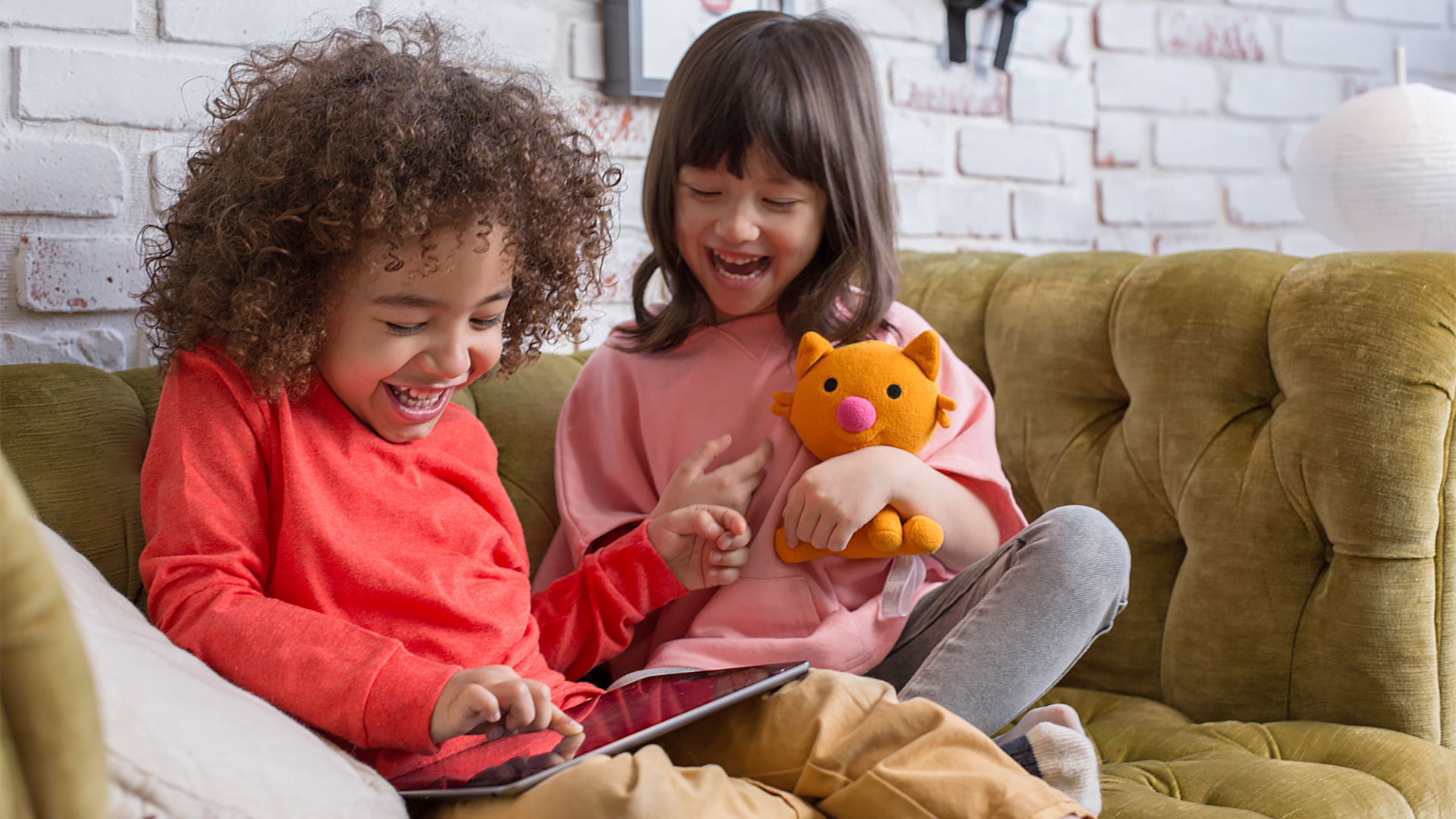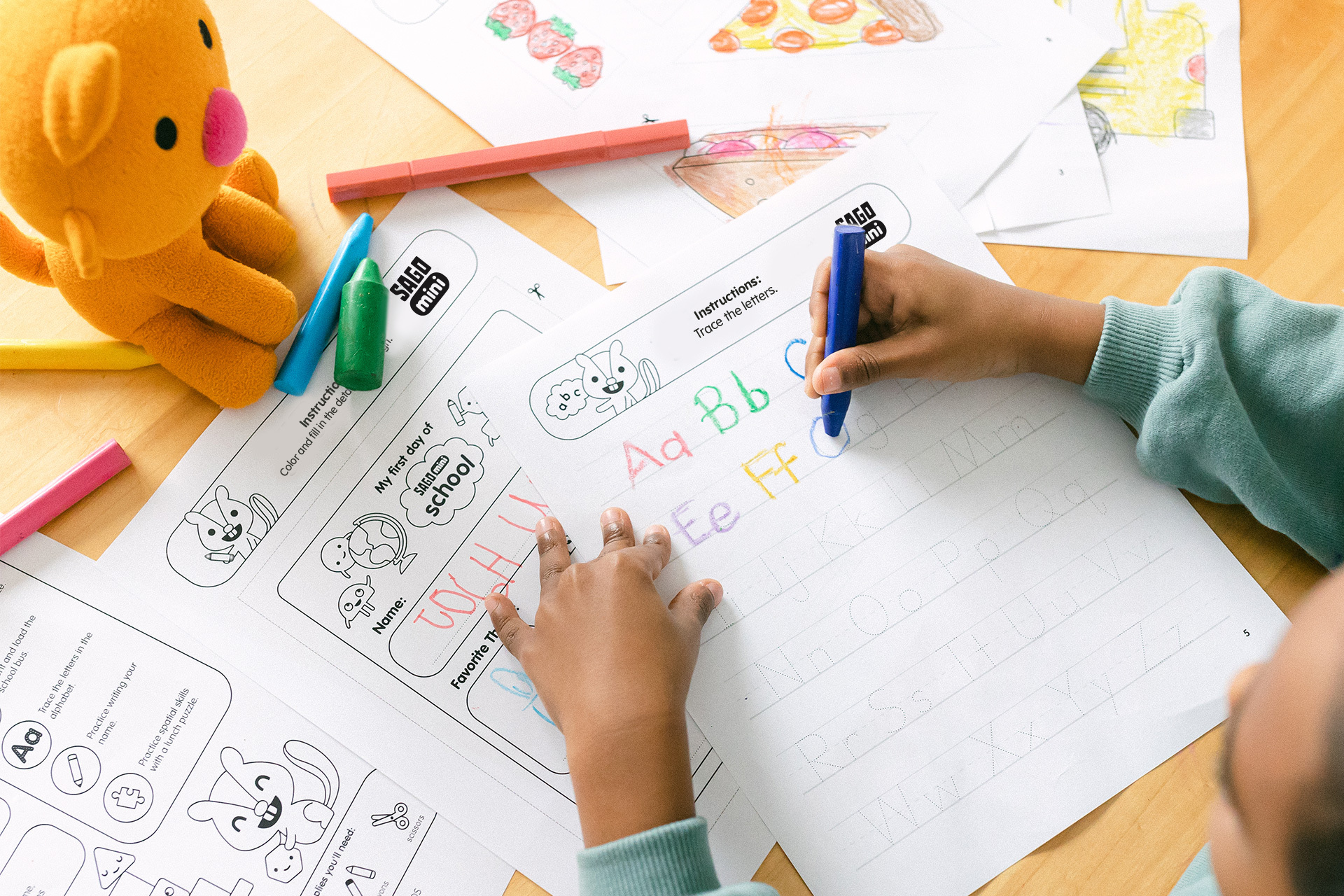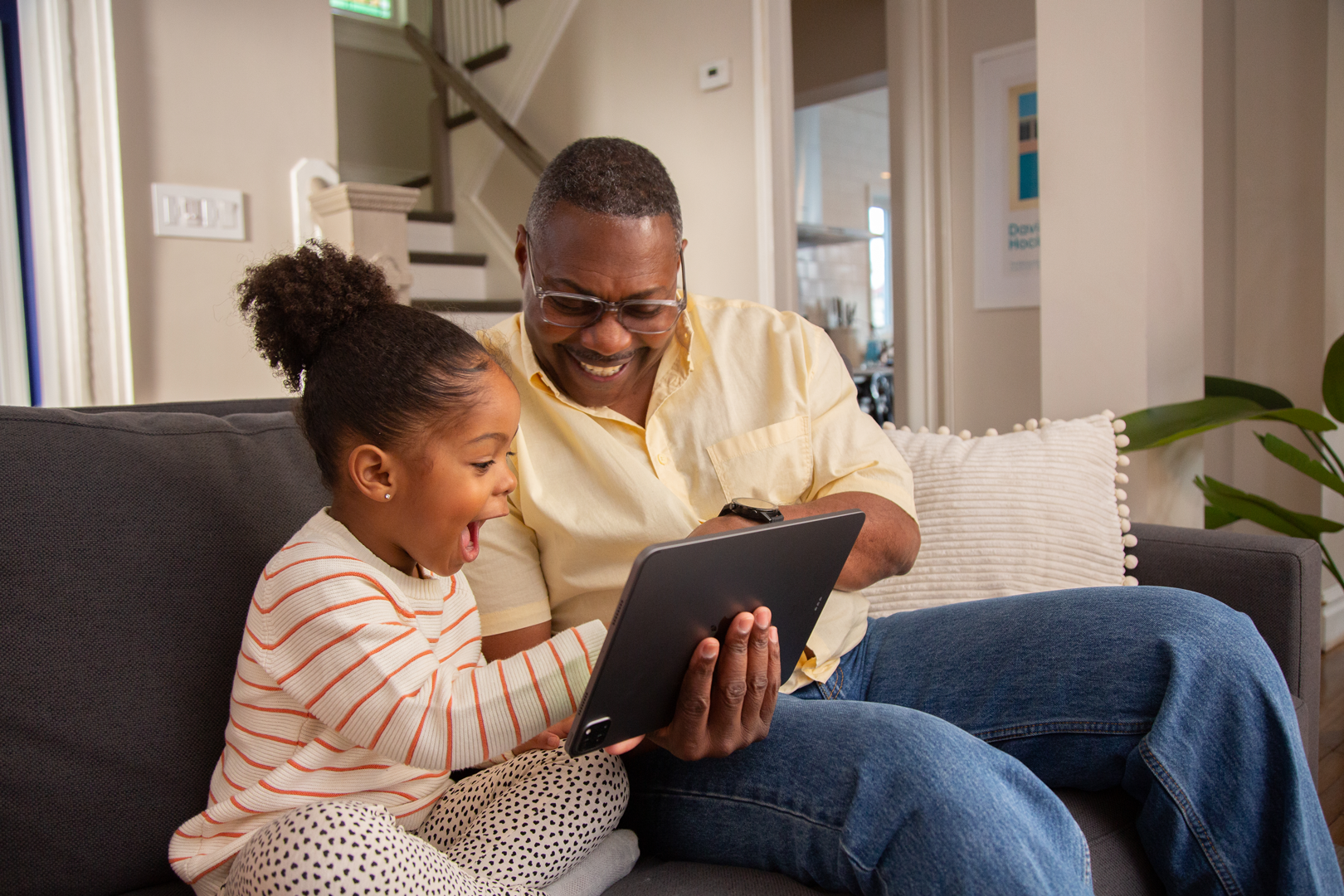- Supportive Screentime

There’s no way around it: the way we look at screentime has changed (both literally and figuratively). Often, and often rightfully so, screens have been called distractive, addictive and all-consuming. Now, in this post-COVID “normal”, screens have become our portals to the outside world: they’re how our kids connect with their friends, how they learn from their teachers, how they show their grandparents they love them. And while a Zoom birthday party may never capture the sugar high of an old-fashioned backyard hang, we’re thankful for these opportunities – ANY opportunities – to connect.
How have our kids’ interactions with screens changed? And how can we as parents mitigate any risks, while encouraging connection, learning, personal growth and plain old joy? A few tips, and thoughts, around supporting a more holistic view of screentime, coming right up.
It’s not the screen time. It’s the screen activity.
While we realize we (a digital studio that makes apps for kids) may not be the most impartial observers, what we have observed during our playtesting sessions speaks volumes: when kids are engaged in creative, open-ended play on screen, they are active rather than passive participants. They’re asking questions, making connections, telling stories and solving problems. The screen becomes the creative toolbox, the craft box or the blank page: a well-designed open-ended play experience will give the child the ingredients, and their creativity and imaginative skills will do the rest.
This play experience - an open-ended sandbox with no rules, time limits or overt suggestions - then sets the scene for creative play that might mimic how a child plays with physical toys such as a playset, blocks or toy dolls and figurines.
Are we suggesting to empty your toy boxes into the donation bin, and swap your art supplies for iPads? Definitely not. However, choosing a “screen activity” that hits the following creative play guidelines will prevent the “zone outs” (that glassy look that tends to occur after the 100th rewatch of an unboxing video on YouTube).
Does your screen activity:
- feature free play, which encourages storytelling and creative expression?
- avoid winning/losing mechanics, predetermined play patterns, strict rules and addictive features?
- require active moving, dragging, stacking or tapping (which will engage their fine motor skills)?
- provide opportunities for co-play (that is, for parents or other children to play with them)?
- teach, whether overtly or otherwise, early learning skills like numeracy and literacy?
- have your children engaging in some kind of active behaviour, be it physically moving around, talking or singing?
If your chosen screen activity checks at least 4 of those 6 boxes, chances are that you’ve hit on something that will engage their brain while growing important skills like imagination, problem solving, empathy and creativity.
Tips for supportive screentime
Instead of using screentime as a reward, especially during these challenging times when kids have had to give up many of their favourite activities, try to view it as any other activity. While you may want to allocate a certain amount of screentime each month, untethering it from good/bad behaviour, at least for now, will make it easier for kids to choose positive screen activities, rather than simply binging on a YouTube series like gulping down a forbidden chocolate bar.
Encourage co-play as much as possible; not only will this help carve out some additional quiet bonding time amidst the stress and turmoil of their day to day, it’ll give you an opportunity to observe how they’re interacting with screens, and how you may gently suggest more interactive options. Completing a digital colour-by-numbers, creating a collaborative story or playing with a playset app or watching a how-to video to learn a new recipe together are some suggestions to start.
Notice the effects of screentime. If they’re asking you questions about a new topic they learned, or non-stop giggling as they play a game, chances are their screen activity is a good one. If you notice that they’re going dozens of minutes without ungluing their eyes from the screen or speaking, chances are they’re engaging with a passive form of screentime, and you may want to switch it up.
Create a screentime events calendar! Much like how our favourite IG trainers, decorators, artists and chefs are hosting live workshops and classes on Zoom and Instagram, draft up your own “Screentime Schedule” and post it somewhere visible. This could have fun videos that you’ll watch together on the weekend, a new app they can download next week, or a fun kids workout class that takes place after classes are done. Not only will this give them something to look forward to in a climate where days can drag on and on, seeing the screentime on the calendar will root them in the real world, and will allow them to see the allotted time – preventing them from getting lost in the internet.
In a world where digital windows are now serving as actual windows to culture, community and comedy, it’s time to reframe the screentime dialogue, if only temporarily. If we can give kids the tools to use their screens as just that: a tool to further growth, we’re on the right track. Stay safe at home!


